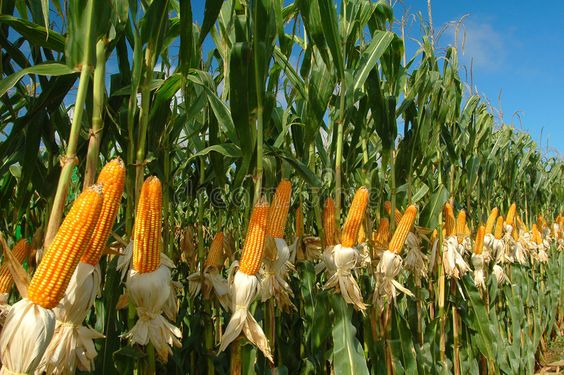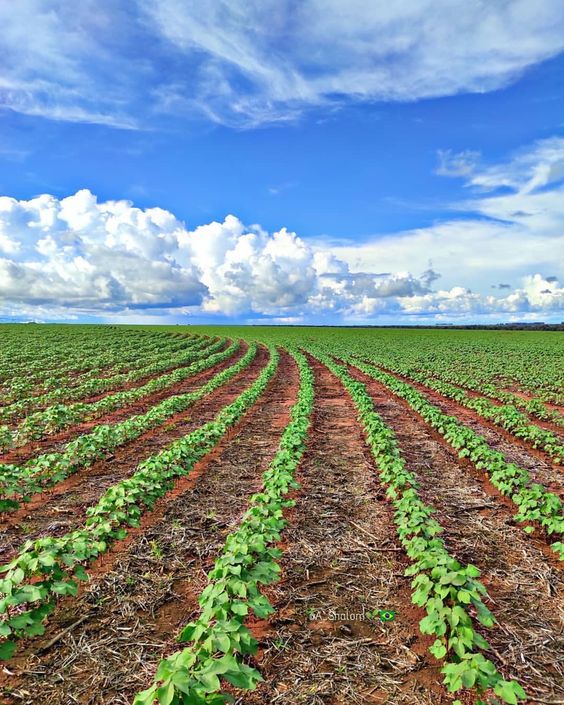Harnessing Efficiency: Exploring Rotation Corn within Smart Agriculture Practices
Rotation Corn,The agricultural sector is undergoing a significant transformation, driven by the integration of technology and data-driven practices. This evolution, known as Smart Agriculture, offers a multitude of benefits, including increased efficiency, improved resource management, and enhanced crop yields. One key concept within Smart Agriculture is rotation corn, a strategic planting technique that plays a crucial role in optimizing land use and promoting sustainable agricultural practices.
Rotation corn, also known as second-season corn, refers to the practice of planting corn after another crop has been harvested within the same growing season. This approach contrasts with the traditional method of planting a single crop on a piece of land throughout the entire year. By strategically incorporating rotation corn, farmers can maximize land utilization and extract greater value from their fields.
Benefits of Rotation Corn in Smart Agriculture
The adoption of rotation corn within Smart Agriculture frameworks unlocks a range of advantages for farmers:
- Increased Land Productivity: Rotation corn allows for double cropping within a single season, effectively doubling the potential yield from a piece of land. This strategy is particularly beneficial in regions with limited arable land or during periods with extended growing seasons.
- Improved Soil Health: Planting a diverse range of crops throughout the year helps to maintain soil health. Corn, with its deep root system, helps to break up compacted soil layers, improve drainage, and promote aeration. Additionally, the rotation of crops disrupts the life cycles of soil-borne pests and diseases, reducing the need for chemical pesticides.
- Enhanced Nutrient Management: Different crops have varying nutrient requirements. Rotation corn, when strategically chosen after a complementary crop, can benefit from residual nutrients left behind in the soil. This reduces the need for additional fertilizers, leading to cost savings and a more environmentally friendly approach to farming.
- Weed Suppression: Certain crops, such as legumes, have natural weed-suppressive properties. Planting corn after these crops can help to control weed populations, minimizing competition for resources and reducing the need for herbicides.
- Risk Mitigation: By diversifying crop production through rotation, farmers can spread their risk. If weather conditions or market fluctuations negatively impact one crop, the impact on overall income can be lessened by a successful second crop.
Smart Technologies for Optimizing Rotation Corn
The power of rotation corn is further amplified when integrated with Smart Agriculture technologies:
- Precision Planting: Advanced planting equipment can precisely space and depth-place corn seeds based on real-time soil data and weather conditions. This ensures optimal germination and growth, maximizing yields from the limited window available for the second crop.
- Soil Sensors: Real-time soil moisture and nutrient monitoring through sensors allows for informed irrigation and fertilization practices. This targeted approach ensures that corn receives the precise amount of resources it needs to thrive, reducing waste and optimizing resource utilization.
- Weather Monitoring and Predictive Analytics: Weather forecasting tools and data analysis platforms can help farmers select the most suitable corn varieties and planting times for their specific location and climate. This proactive approach minimizes the risk of crop failure due to unexpected weather events.
Challenges and Considerations for Rotation Corn Implementation
While rotation corn offers significant benefits, there are also challenges to consider:
- Selection of Suitable Crops: Choosing the right crops for rotation is crucial. The preceding crop should leave behind residual nutrients beneficial for corn growth and have a shallow root system to avoid hindering corn development.
- Double Cropping Expertise: Managing two crops within a single season requires a higher level of expertise and planning compared to traditional methods. Farmers need to consider factors like planting dates, water management, and potential pest and disease issues specific to each crop.
- Logistics and Infrastructure: Double cropping may necessitate adjustments to existing harvesting, storage, and transportation infrastructure. Efficient logistics are essential to ensure timely harvesting of the first crop and planting of the second within the optimal window.
Conclusion Rotation Corn
Rotation corn, when combined with Smart Agriculture practices, presents a compelling strategy for farmers seeking to enhance productivity, optimize land use, and promote sustainable agricultural practices. By leveraging data-driven insights, precision technologies, and strategic crop selection, farmers can unlock the full potential of rotation corn and contribute to a more efficient and resilient agricultural sector. As Smart Agriculture continues to evolve, ongoing research and development efforts will further refine rotation corn techniques, paving the way for a future where this approach becomes a cornerstone of sustainable and high-yielding agriculture.




